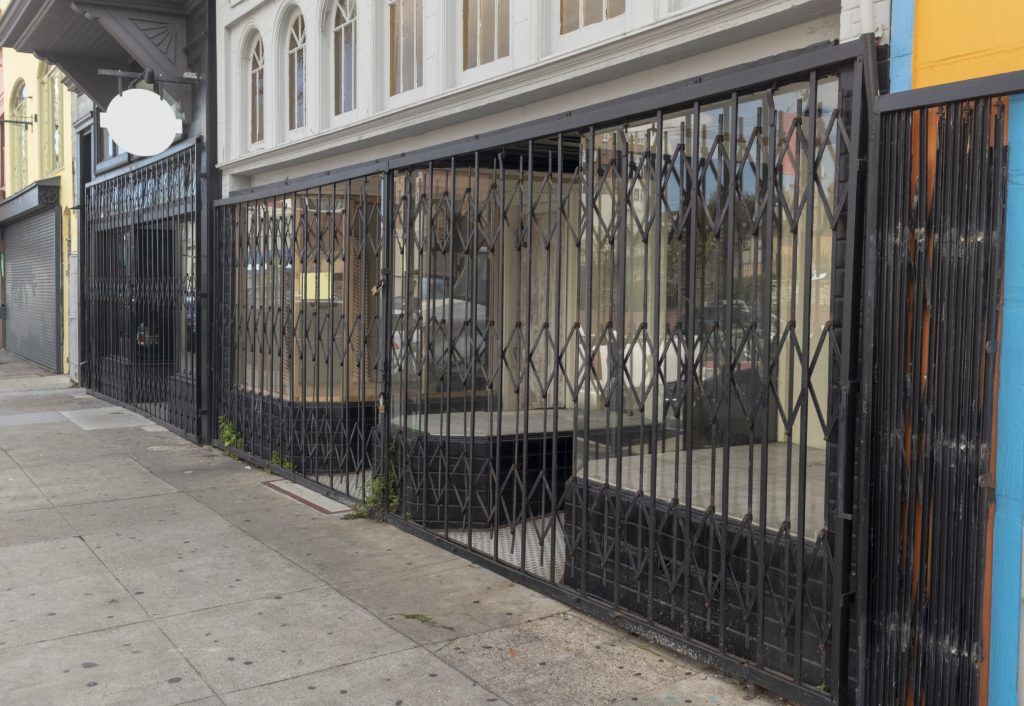WHAT DO RETAIL BANKRUPTCIES MEAN FOR BRANDS?


A dark wave of retail bankruptcies is upon us. Barneys, Neiman Marcus, J. Crew, Modell’s, and just last week, JC Penney, are among the companies who have taken this drastic step. And the list will grow. Many retailers were struggling long before the global pandemic hit, but the quarantine during COVID-19 has been – and will be — the final straw.
So what does it really mean when a retailer files for bankruptcy? And what is the difference, especially for vendors, between a Chapter 7 liquidation filing versus a Chapter 11 reorganization filing? A Chapter 7 liquidation filing is pretty dire. In this scenario, the retailer is worth more sold piecemeal (meaning its assets are auctioned off in a liquidation fire sale) than as a going concern. In a Chapter 11 reorganization, the belief is the retailer is worth more as a going concern, which means it will be reorganized during the bankruptcy to so it can hopefully emerge — perhaps with new owners — as an ongoing business.
Sadly, in either case, once a retailer files for bankruptcy, whatever money is owed to the brands that sell to that retailer are in serious jeopardy. Why? Well, once a retailer files for bankruptcy, it is legally entitled to a “stay” from creditors. As a result, all payments from that point forward need to conform to an orderly, court-approved process, and the retailer may reject any contracts it entered into in the past.
Secured creditors (which most brands are not unless they have been selling on consignment with the retailer and have bothered to “perfect” their security interest in their own goods) are first in line for repayment. Administrative claims (which are the necessary ongoing costs of the retailer – things like the costs of employees, the costs of the bankruptcy process [including legal fees], and literally the costs of keeping the lights on) are next and can be paid on an ongoing basis as the bankruptcy process is pending. The reason for this is that in a reorganization, the business needs to continue as does the bankruptcy process. If retail employees believe payroll will stop, they won’t show up for work. If bankruptcy lawyers think they won’t get paid, they won’t continue processing the bankruptcy
In many cases, orders by brands for new goods are considered administrative claims, since a retailer can’t be open for business without, ahem, having goods to sell. But while that’s the good news for brands selling to a retailer after the retailer has filed for bankruptcy, the plight of any brand that has already shipped product to the retailer is much worse. Those orders fall after secured claims, after administrative claims, and into what’s called, pre-petition claims, which is the last rung of the payment ladder. Obviously, the facts of each bankruptcy are different, and payouts can vary; but in most retail bankruptcy scenarios, my firm’s bankruptcy department tells me that pre-petition claims usually recover about ten to twenty cents on the dollar (if anything).
So, what can a brand in this situation do? After a bankruptcy filing has been made, the options are limited. Properly filing a proof of claim (which is an official filing with the Bankruptcy Court) before the deadline is the first step towards obtaining a distribution. The proof of claim tells the bankruptcy trustee the important information about a brand’s claim; including what type of claim it is, the basis for that claim, and the money value that the brand is owed. To be clear, a brand will lose its right to any recovery in the bankruptcy proceeding if a proof of claim is not timely filed.
There is another potential option for recovering a portion of a brand’s goods that have already been shipped: a reclamation action. Reclamation demands result in the brand being able to reclaim the goods that have been sold to the retailer while insolvent. If the bankruptcy petition has already been filed, then the reclamation can only be achieved through the bankruptcy process under U.S.C. 546(c). If the retailer received the brand’s goods within 45 days of filing the petition for bankruptcy, it is possible to reclaim those goods (if they are still with the retailer and were not otherwise sold to customers). To reclaim the goods sold to a retailer while insolvent, the brand has 20 days from the petition date to file a written demand for reclamation.
If a brand has unpaid products being held with a potentially insolvent retailer, it’s best to consult a bankruptcy attorney. Bankruptcy is complex, lengthy, and extremely technical – and many of the mistakes made by brands during bankruptcy proceedings can be avoided with a little advice from knowledgeable counsel.
—
Douglas Hand is one of the pre-eminent fashion lawyers in the country representing brands like Stella McCartney, Everlane, Todd Snyder, and Zadig & Voltaire to name just a few. His industry bona fides include being a member of the CFDA Fashion Awards Guild, a board member of FIT, a professor of Fashion Law at both NYU and Cardozo Schools of Law, and is recognized as a Superlawyer for the past 6 years. He is the author of “The Laws of Style: Sartorial Excellence for the Professional Gentleman,” published by the American Bar Association as well as the definitive law school treatise on fashion law, published by Carolina Academic Press. Hand also hosts a podcast “The Laws of Style” covering topics related to fashion, style, and the law.








